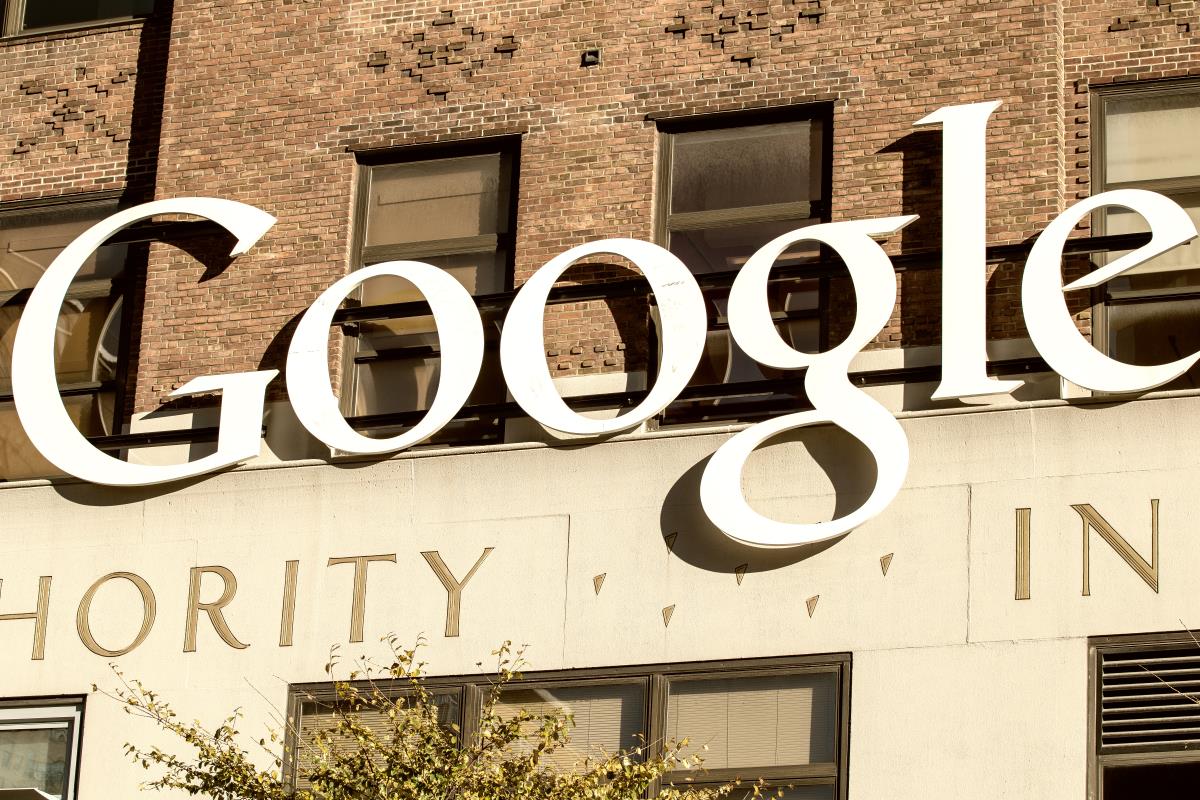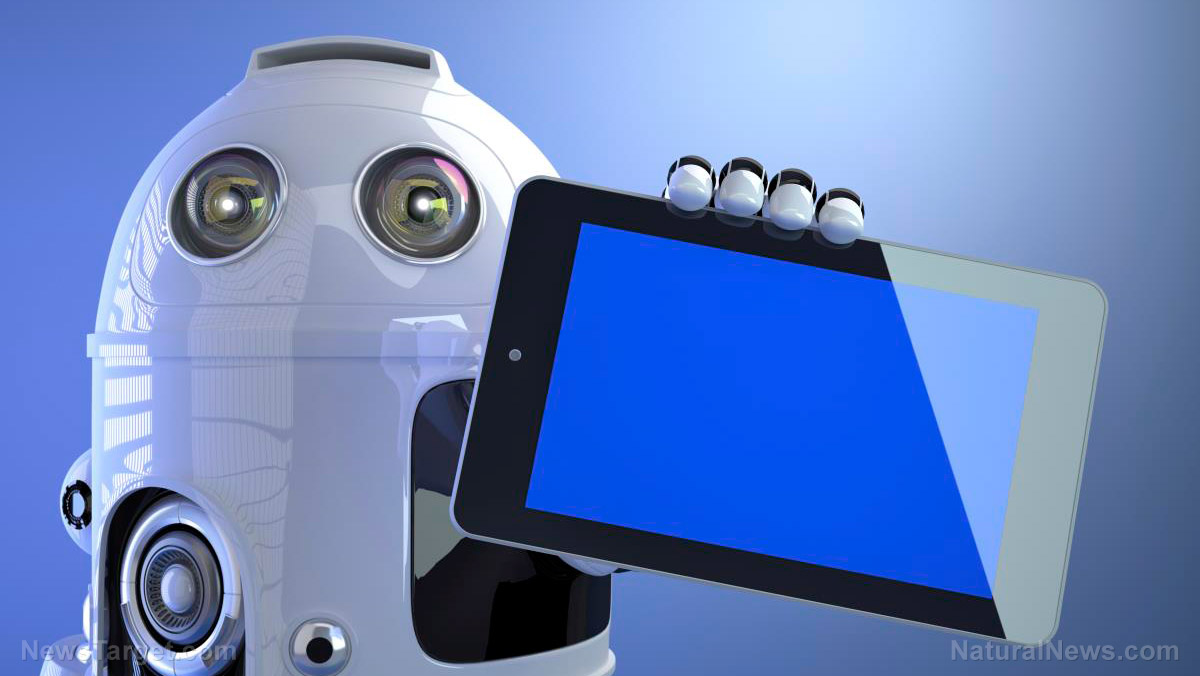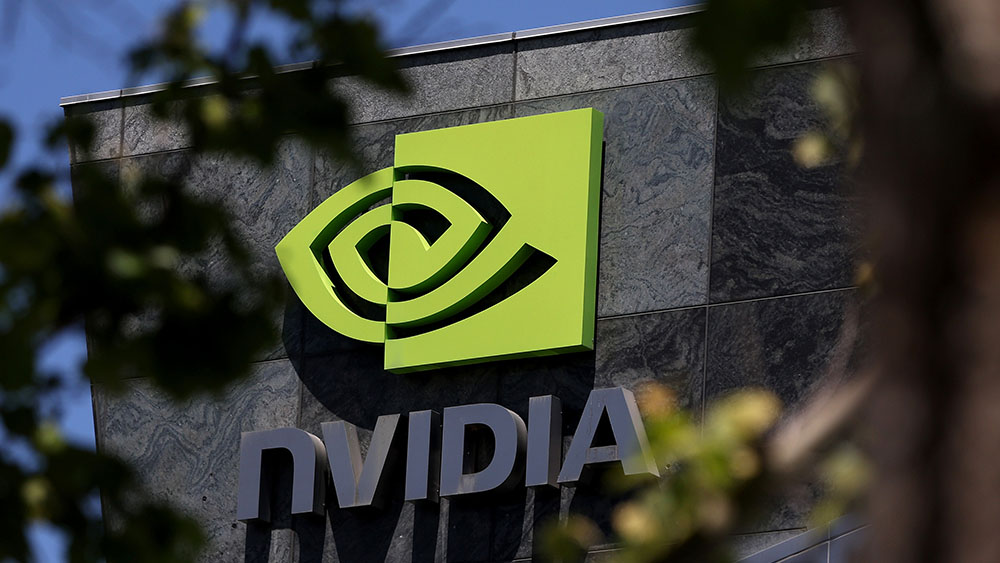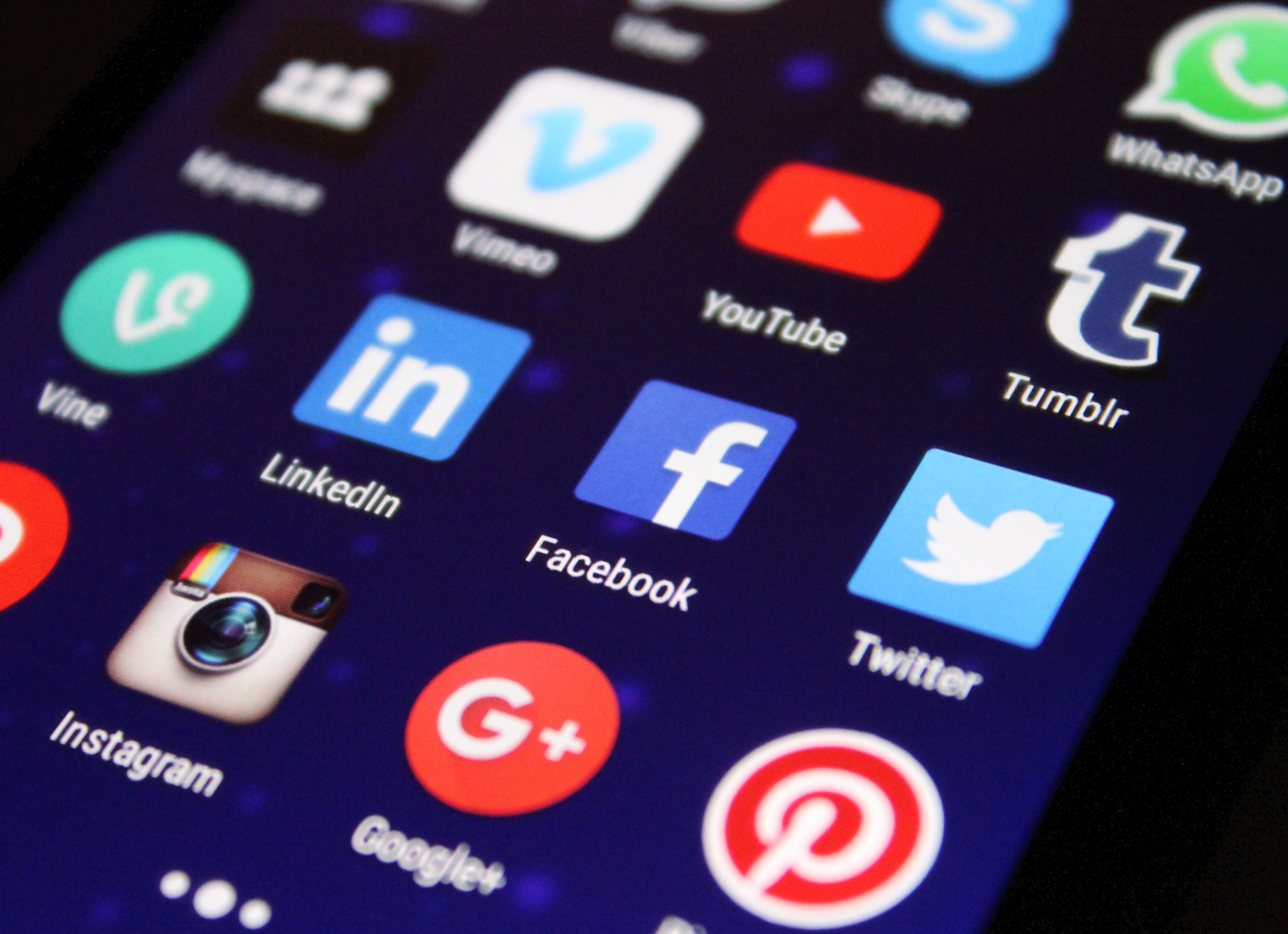How generative AI is transforming daily life in 2025
05/05/2025 / By Lance D Johnson

Generative AI (Gen AI) has rapidly evolved from a niche tool to a ubiquitous assistant, reshaping how people work, learn, and interact. A recent analysis by Marc Zao-Sanders for Harvard Business Review, based on thousands of forum posts, reveals striking shifts in AI usage between 2024 and 2025. The findings, visualized by Visual Capitalist, highlight four dominant categories — Content Creation, Technical Assistance, Support, Therapy, and Research & Analysis — while underscoring emerging trends in personal and professional life.
Key trends in 2024: Efficiency and experimentation
In 2024, Generative AI was primarily a productivity booster. Top uses included:
- Drafting emails & documents: Automating routine writing tasks.
- Coding assistance: Generating and debugging code (e.g., GitHub Copilot).
- Personalized learning: Tailoring educational content to individual needs.
- Creative exploration: Generating ideas, editing text, and even producing “fun & nonsense.”
Notably, AI began encroaching on emotional and legal domains, with uses like therapy simulations, résumé editing, and drafting legal documents. However, these applications were often experimental, with users testing boundaries rather than fully integrating AI into daily workflows.
2025: AI as a life organizer and confidant
Generative AI has swiftly ascended as a digital confidant, with therapy and companionship and organizing life emerging as its top two uses in 2025, according to a Harvard Business Review analysis. Once a tool for drafting emails or debugging code, AI now fills roles traditionally reserved for human therapists — offering emotional support, conflict mediation, and even existential guidance. Startups deploy chatbots trained in cognitive behavioral techniques, while individuals turn to AI for judgment-free venting or confidence-building exercises. Though not a true replacement for licensed care, its 24/7 availability and plunging stigma are reshaping mental health access. Yet critics warn: Can algorithms ever replicate human empathy — or will they deepen isolation in disguise?
By 2025, Generative AI’s role expands beyond efficiency into personal transformation and complex decision-making. The data reveals three seismic shifts:
1. From productivity to purpose
AI isn’t just a tool — it’s a life coach. Uses like “Find Purpose” (+23 rank change) and “Organize Life” (+22) reflect AI’s growing role in existential guidance. For example:
- Apps like ChatGPT now offer structured self-reflection prompts.
- AI-generated travel itineraries and childcare tips blend logistics with lifestyle design.
2. Emotional and social support
Therapy and companionship remain top uses, but new applications like “Boost Confidence” and “Navigate Personal Disputes” suggest AI is becoming a mediator in human relationships. Startups are developing AI “conflict resolution” bots trained in psychology and negotiation.
3. Hyper-personalization
- Education: AI tutors adapt to learning styles in real time.
- Health: Custom meal plans and medical advice (though not yet FDA-approved).
- Work: Corporate LLMs draft performance reviews and even handle employee complaints.
Meanwhile, niche uses like “Anti-trolling” (new in 2025) reveal AI’s role in combating online toxicity, while “Child Entertainment” highlights its integration into parenting.
Declining uses: What’s fading away?
Some 2024 applications dropped significantly in rank by 2025:
- “Edit text” (-12) and “Excel formulas” (-15): As AI handles these tasks seamlessly, users no longer cite them as “notable” uses.
- “General advice” (-18): Generic responses are replaced by context-aware, personalized guidance.
This suggests that once-novel AI functions are now so embedded they’ve become invisible—like spell-check or calculators.
Controversies and challenges
Regulatory frameworks lag behind innovation, leaving users to navigate pitfalls alone. The data also hints at unresolved tensions:
- Medical and legal risks: AI-generated health/legal advice lacks accountability.
- Job displacement: Roles in copywriting, customer service, and coding face disruption.
- Ethical dilemmas: Should AI mediate human conflicts? Who’s liable for bad advice?
Generative AI in 2025 is less about “automating tasks” and more about augmenting human agency — whether by helping people find meaning, resolve conflicts, or raise children. Yet as AI grows more intimate, society must grapple with its ethical and societal implications.
One thing is clear: The line between human and machine collaboration is blurring faster than anyone predicted. This is especially true in therapy, whereas the objectivity of AI proves to be a more reliable companion than some human therapist who is ruled by bias and emotion that clouds their judgment.
Sources include:
Submit a correction >>
Tagged Under:
AI and Society, AI chatbots, AI for Good, AI in Healthcare, AI innovation, AI Support, AI Therapy, AI Trends 2025, AI vs Therapists, Digital Companions, digital transformation, Emotional AI, future of AI, future of work, generative AI, Human AI Interaction, life hacks, Mental Health Tech, mental wellness, Productivity AI, smart tech, Tech Ethics, Tech For Good, Tech Trends
This article may contain statements that reflect the opinion of the author
RECENT NEWS & ARTICLES
COPYRIGHT © 2017 CYBER WAR NEWS



















